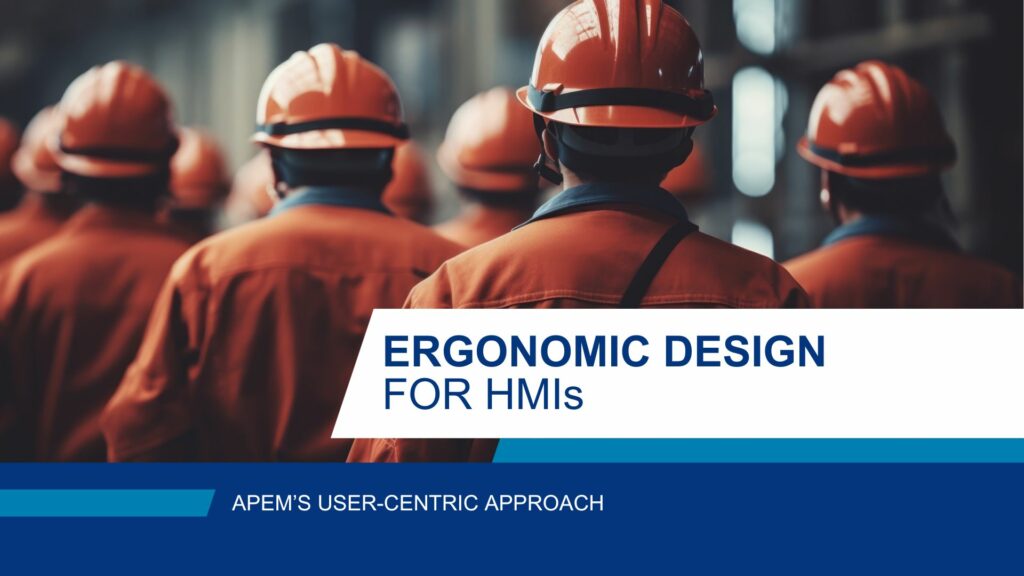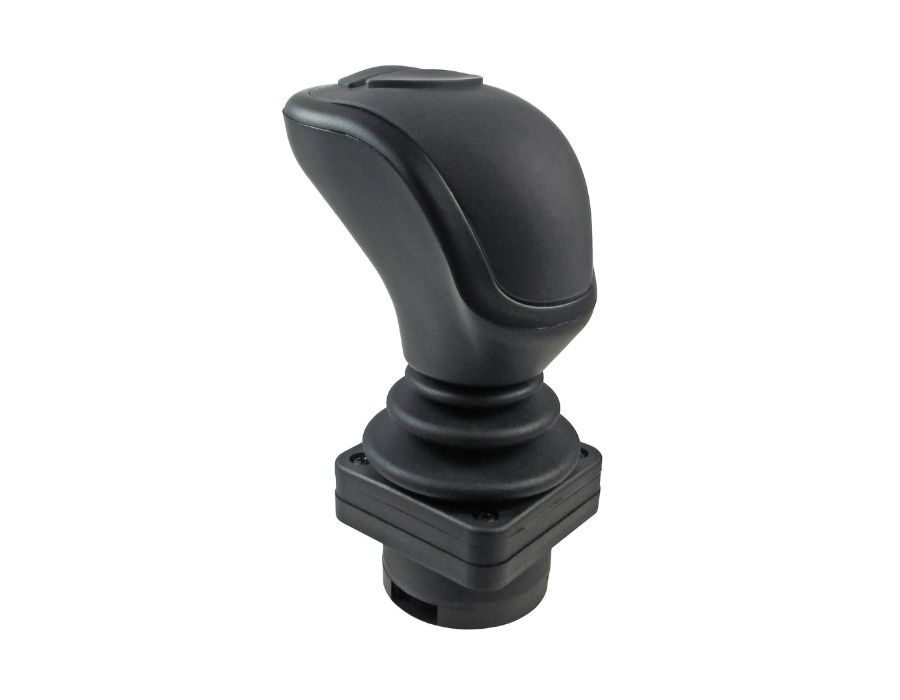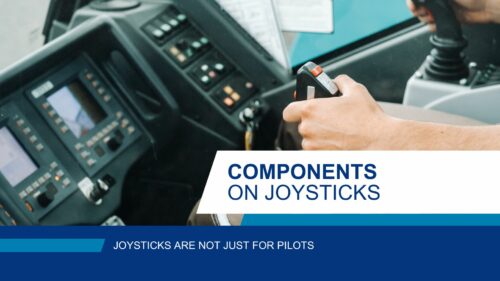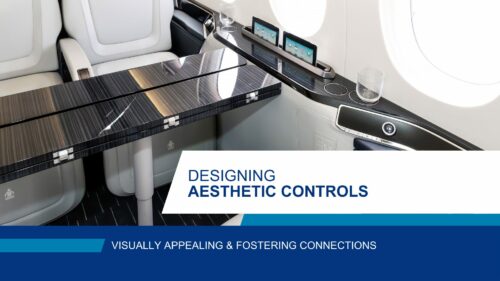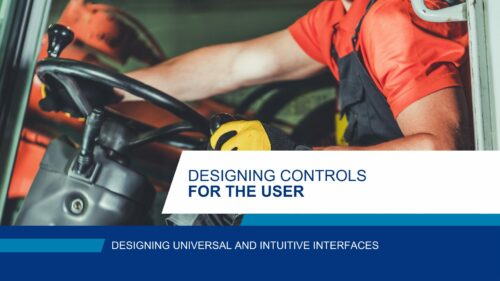Creating an effective control system demands that engineers place the human operator at the center of every design. In this short series of blogs, we will look at the human element of control design, and some of the considerations that engineers need to consider when creating controls for today’s complex machinery.
Combating repetitive strain: ergonomic solutions in control design
One of the key considerations for any engineer is user health and comfort. Many of today’s heavy machines are required to be in constant use, which means that operators must handle the controls for many hours a day. Repetitive movement raises the risk of harm for the operator, from repetitive strain injuries to more long-term effects including musculoskeletal disorders.
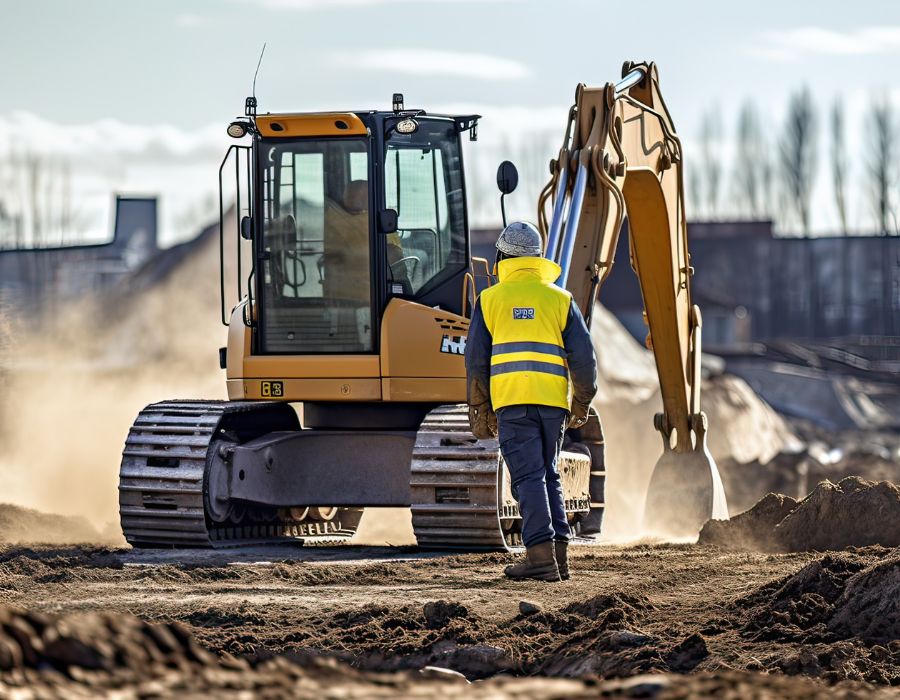
To prevent long-term injuries and to improve safety, modern controls are designed with the latest ergonomic ideas. Ergonomics is the study of the interface between people and their work. This includes designing equipment that delivers superior safety and comfort for the operator. By reducing the strain on the operator’s hands, machines can remain in use for longer periods. In addition, by allowing operators to work for longer periods without discomfort, ergonomically designed controls deliver a safer working environment.
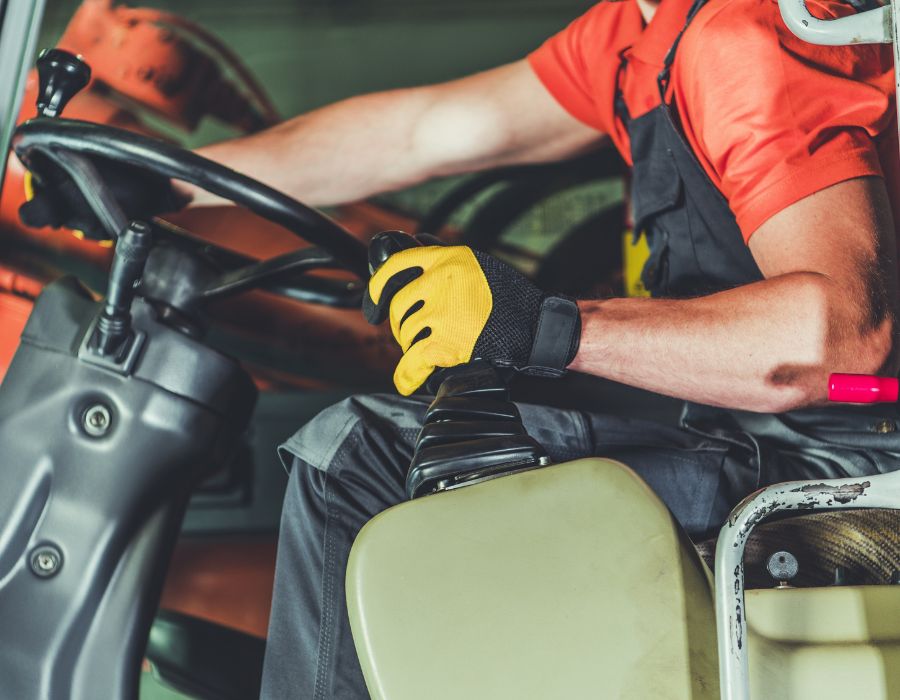
There are several strategies that designers can employ to reduce strain and discomfort for operators. Joysticks are at the heart of many operations, from static material handling machinery on the factory floor to the largest industrial and agricultural vehicles. APEM manufacture a comprehensive range of joysticks with different handles. The latest palm-sized joysticks of the XP series are designed for operators with smaller hands. They can also be fitted with a range of additional controls from switches to rollers and thumbsticks.
Optimizing control: how the HOTAS concept enhances comfort and efficiency
Industrial users can employ a concept that the military calls HOTAS – Hands On Throttle And Stick. HOTAS configurations mount the most vital controls within easy reach of the fingers, allowing operators to carry out more actions without removing their hands from the controls. This reduces fatigue and impact, providing more comfort and encouraging a safer workplace.
Discover our selection of ergonomic products:
In the next episode of this blog, we will look at how aesthetic considerations – the appearance of the control system – can impact the safety, comfort, and effectiveness of the operator.
